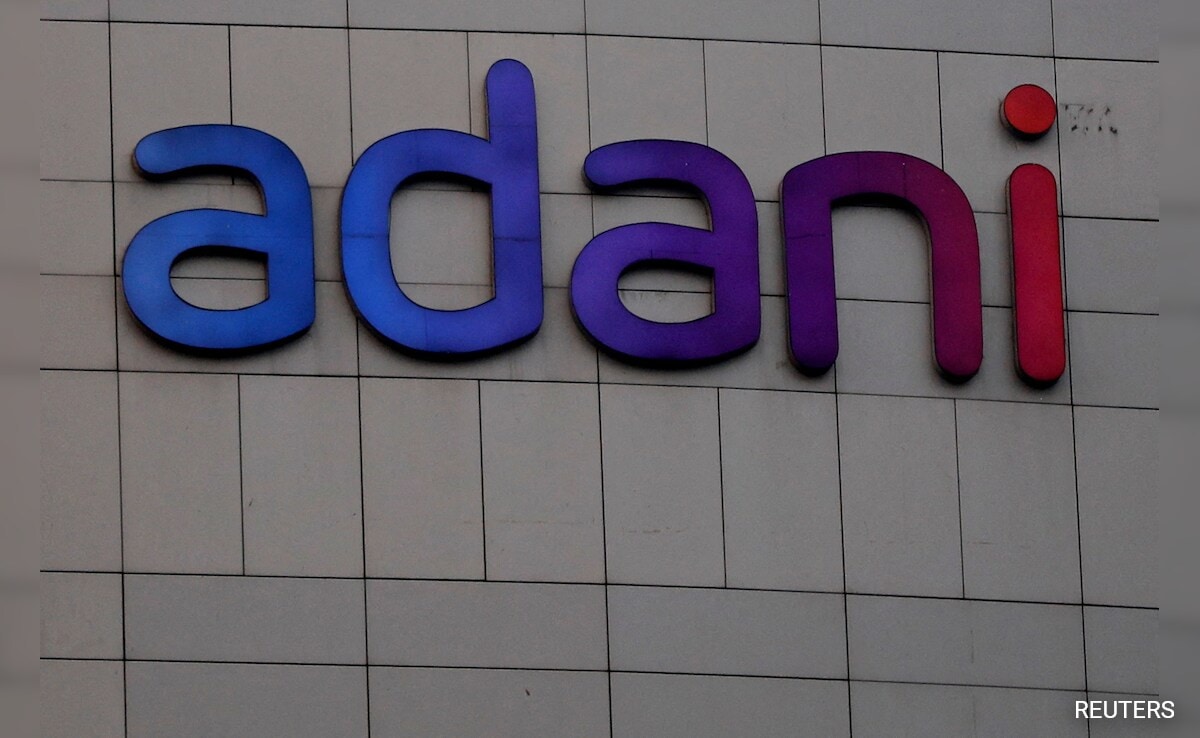
Few Bengalis are unfamiliar with the grand edifice of the Eastern Railway headquarters at Fairlie Place, a structure celebrated for its British architectural design since the colonial era, a bright feather on the cap of the historic precinct of Dalhousie Square. However, before its establishment at Fairlie Place, the headquarters of the Eastern Railway, originally known as the East Indian Railway, was situated on Theatre Road.
In 1879, the East Indian Railway office was relocated to Fairlie Place, a site rich in history. The earliest map of this area, dated 1794, shows an unnamed road connecting to the old fort wharf. With the construction of Fort William in 1773, the British government abandoned the old fort situated west of what is now the Writers’ Building. The adjacent road became known as Fairlie Place, named after William Fairlie, a prominent businessman of Fairlie, Gilmone & Company, which supplied provisions to the army division’s elephants and camels during Lord Wellesley’s tenure.
Before its acquisition by the East Indian Railway, the building at Fairlie Place briefly housed the National Museum. The East Indian Railway established its booking office here, which became known as the Fairlie Place Booking Office. Over time, the railway company acquired additional land adjacent to the building, leading to the construction of the expansive structure seen today, with its main entrance facing the Writers’ Building.
Since its completion, this building has served as the headquarters of the East Indian Railway and later its successor, the Eastern Railway. Today, the name Fairlie Place is synonymous not just with the street but with this iconic building itself, a lasting symbol of the region’s rich historical tapestry.
In 1879, the East Indian Railway office was relocated to Fairlie Place, a site rich in history. The earliest map of this area, dated 1794, shows an unnamed road connecting to the old fort wharf. With the construction of Fort William in 1773, the British government abandoned the old fort situated west of what is now the Writers’ Building. The adjacent road became known as Fairlie Place, named after William Fairlie, a prominent businessman of Fairlie, Gilmone & Company, which supplied provisions to the army division’s elephants and camels during Lord Wellesley’s tenure.
Before its acquisition by the East Indian Railway, the building at Fairlie Place briefly housed the National Museum. The East Indian Railway established its booking office here, which became known as the Fairlie Place Booking Office. Over time, the railway company acquired additional land adjacent to the building, leading to the construction of the expansive structure seen today, with its main entrance facing the Writers’ Building.
Since its completion, this building has served as the headquarters of the East Indian Railway and later its successor, the Eastern Railway. Today, the name Fairlie Place is synonymous not just with the street but with this iconic building itself, a lasting symbol of the region’s rich historical tapestry.








